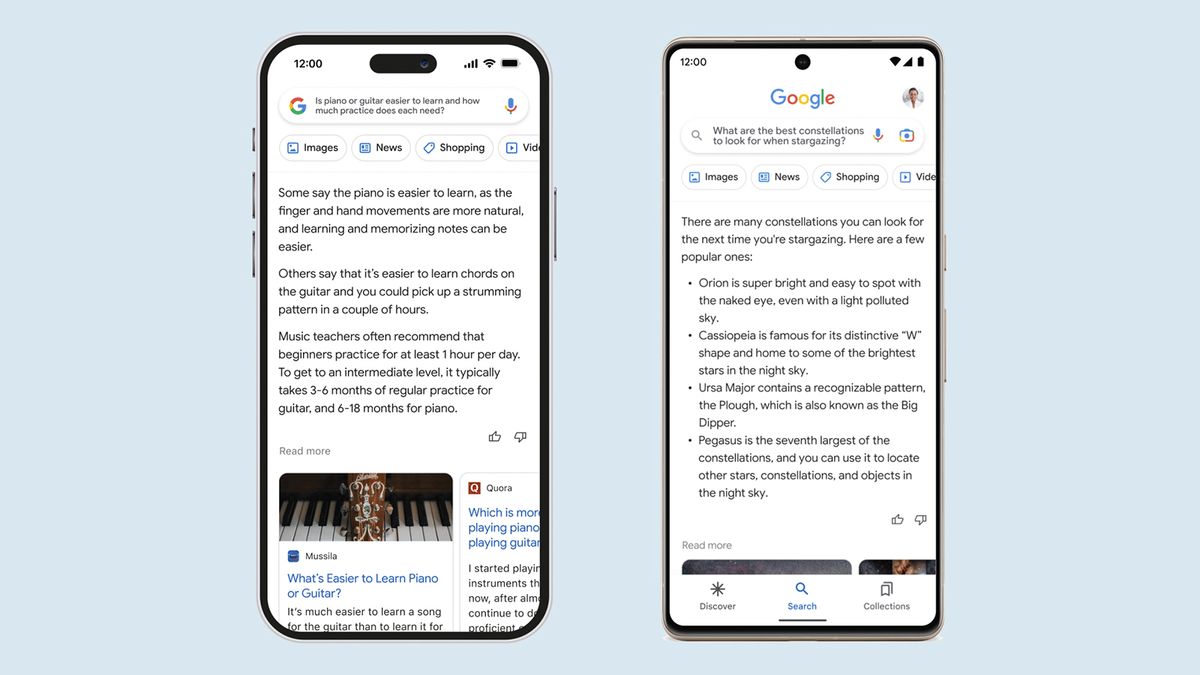Riot made its esports arena transform for new Valorant league
This weekend is an important one for Valorant esports, with the launch of a new professional league for teams across North America, Latin America, and Brazil. The debut of the VCT Americas league, as it’s known, will also mark the first time Valorant games have taken place live and in person in North America. That meant that Riot had to redesign its Los Angeles studio to be much more high tech and flexible to accommodate the league, which shares the space with League of Legends — the new esports arena can even transform.
The space is formerly known as the LCS Arena, and for years has been home to the top League of Legends league in North America (the LCS). As part of the redesign, the studio space has been christened Riot Games Arena. In fact, it’s already in use; the more technically impressive space, with its giant LED displays and expansive lighting, is being used for the current LCS season, which kicked off in January. But the space was also designed to be modular so that it could support the needs of each game and make them look distinct from each other.
“We were looking at upgrading the studio for a while, because it had been several years since the LCS studio had been updated,” explains Bear Jemison, Riot’s head of Valorant esports for the Americas region. “I think with VCT Americas launching, there was an opportunity to almost future-proof our production, and also figure out how to best utilize the space for both esports, but also internal events and collegiate events.”
Planning for the redesign started last September. And for the most part, the difference between the Valorant and League of Legends broadcasts will be visual. The giant LED displays will feature different graphics, and the layout of the players themselves is slightly different; in League the teams line up side by side, whereas Valorant squads face off head-on. You can get an idea of the two layouts in the images below:
But there are some more technical differences between the two as well. Most notably, the Valorant version of the studio had to be designed so that three different groups of broadcast talent could call the games simultaneously in three different languages. “We didn’t want it to feel like Latin American and Brazilian teams were just visiting a studio in LA,” says Jemison. “We wanted to really design the space so it would feel like this is an Americas broadcast and a celebration of all the regions.”
There are a few other technical details — Valorant requires clearer audio, for instance, so fans can hear things like footsteps — but the biggest feature of the arena is its modular design. It’s sort of like when Madison Square Garden swaps the hardwood of a basketball court for the ice rink needed for hockey, only with a lot more screens and countless spools of wire. According to Dawn Persson, who led the tech and production side of the redesign, it currently takes around two hours and 12–16 people to transform the space from League to Valorant and vice versa. The goal is to get that down to an hour. That speed might not be necessary right now, as both games currently have matches on different days of the week, but it could be important in the future.
“We don’t have a crystal ball on what the future of Riot esports is going to look like,” says Persson. “But with the success of Valorant and VCT, we wanted to create room for… who knows, in five, 10 years we might be doing esports 24 hours a day. So being able to flip from one look to another, and make efficient use of our time, was something that we had on our mind.”
The modular nature should allow the production teams to adapt more quickly in the future. The Valorant league is brand-new, and the LCS is constantly changing, so it’s likely that there will be changes to the setup in subsequent seasons. But the space is also important for Riot’s esports ambitions as a whole; after a few years of shuffling between online and in-person events, the revamped studio is a permanent home that both leagues need.
“Playing inside of a crowd, in a home arena, it adds a special kind of energy that has been missing for the last couple of years,” says Jemison.
You can see the new space when the VCT Americas kicks off at 3PM ET on April 1st.


